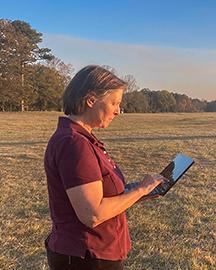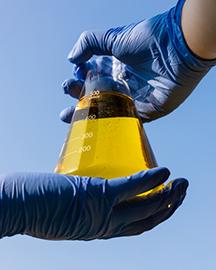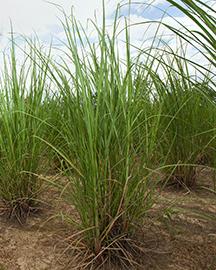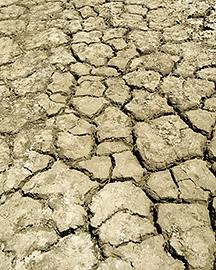To Save More Water, Plant Corn Later
The Ogallala Aquifer is the largest aquifer in the United States and supplies about 98 percent of the Texas Panhandle’s water requirements, including agricultural irrigation. Due to its declining water levels, ARS scientists are always working to develop new and more efficient methods of water management for the region. To that end, a team of researchers with the Soil and Water Management Research Lab in Bushland, TX, and their partners have found yet another way to conserve water: late planted corn.
Using tools such as a calibrated Soil Water Assessment Tool (SWAT) model and historical climate data, the team learned that the water requirements for the late planted corn were at least 25 percent lower than their earlier planted counterparts. Despite a slight drop in grain yield, these findings indicate that the delayed planting of corn – combined with more effective irrigation management – has the potential to significantly reduce groundwater withdrawals from the Ogallala Aquifer. Ultimately, this allows irrigators to extend their groundwater resources and reduce their input costs while still meeting their production goals.










